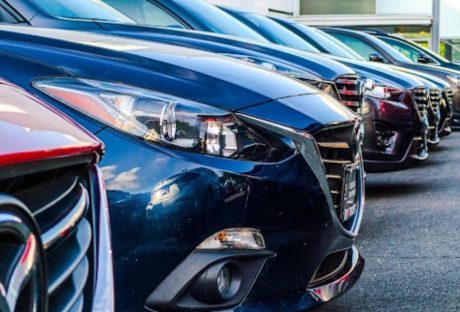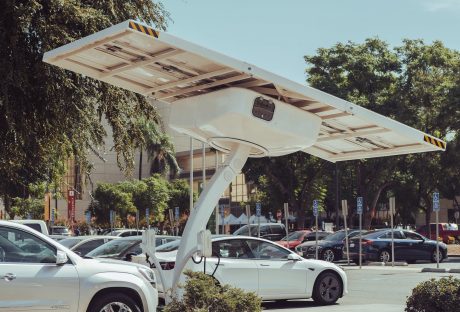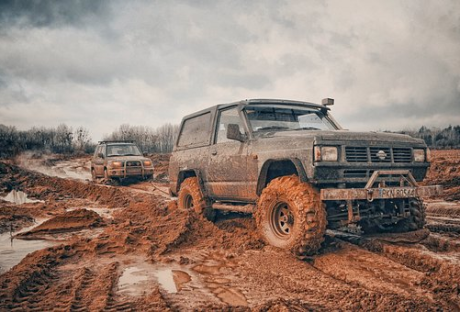Embarking on a long journey in your RV promises adventure and the comforts of home on the road. One of those comforts is the convenience of an on-board bathroom. However, this amenity comes with the responsibility of maintaining the RV’s black water tank, a crucial component that, if not properly cared for, can lead to unpleasant odors and costly repairs. Let’s explore the best practices for keeping your black tank in optimal condition during extended travels.
The Essentials Of Black Tank Upkeep
The black tank in your RV is designed to store wastewater from the toilet until you’re able to dispose of it properly at a designated dump station. Regular maintenance is key. This includes routine flushing to clear out waste and prevent buildup, monitoring for leaks, and ensuring the tank’s sensors are clean and functioning correctly for accurate readings. It’s also essential to use RV-specific toilet paper that breaks down quickly and doesn’t contribute to clogging.
Embracing RV Black Tank Treatment Solutions
An effective RV black tank treatment is crucial in managing waste and odors. These treatments are designed to break down solid waste and toilet paper, reducing the chance of clogs and maintaining a more sanitary system. They often contain enzymes or beneficial bacteria that digest waste and neutralize odors. Some treatments also include deodorants to keep the air inside your RV fresh, making them a welcome addition to your tank management routine.
Comparing Black Tank Treatments
When selecting a black tank treatment, consider the following options and their benefits:
| Treatment Type | Odor Control | Waste Breakdown | Eco-friendliness |
| Chemical | High | Moderate | Low |
| Enzyme | Moderate | High | High |
| Bio-Active | High | High | High |
| DIY Solutions | Low | Variable | High |
The Role Of Consistent Tank Monitoring
Regularly monitoring your black tank levels is critical, especially on long journeys. Overfilling the tank is not only a health hazard but can also lead to backups and damage to your RV’s plumbing system. Keep a close eye on the tank’s gauge, and never let it reach full capacity. It’s best to empty the tank when it reaches two-thirds full to prevent issues.
A Clean Practice: Flushing And Cleaning The Black Tank
Flushing and cleaning the black tank should be part of your routine after every emptying. Dedicated black tank flushing systems or external flush hoses can be used to rinse the inside of the tank, helping to remove residual waste and prevent the buildup of solids. Regular cleaning will ensure that your black tank sensors remain accurate and that the next leg of your journey is odor-free and sanitary.
Smart Usage: Preventing Black Tank Issues Before They Start
Prevention is always better than cure, especially when it comes to RV black tank maintenance. Smart usage habits can significantly reduce the risk of black tank problems. This includes minimizing the amount of water used with each flush and ensuring that nothing other than waste and RV-safe toilet paper enters the toilet. Educating all passengers about these practices is essential, as one oversight can lead to blockages that could disrupt the tranquility of your travels.
Tackling Tough Tank Troubles
Even with meticulous maintenance, sometimes you may encounter more stubborn tank issues. Should you face a particularly resistant blockage or sensor malfunction, it’s crucial to address these problems head-on. Specialized tools like tank wands or backflush valves can be employed to clear blockages, while sensor cleaners can resolve inaccurate readings. In extreme cases, professional RV maintenance services may be required, but with diligent care, such situations can often be avoided, ensuring smooth sailing throughout your journey.
In conclusion, taking care of your RV’s black tank is a critical part of ensuring a pleasant and hassle-free long journey. By utilizing appropriate treatments, monitoring levels, and maintaining a regular cleaning schedule, you can avoid the common pitfalls associated with black tank maintenance. With these steps, you’ll ensure that your home on wheels remains just as comfortable and welcoming as the day you set off, no matter the distance traveled.
Learn More About:






















